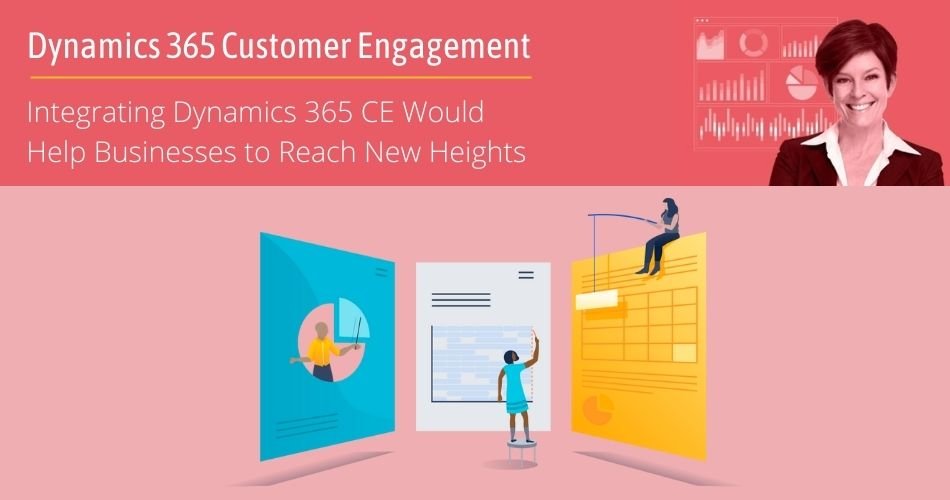The idea of actively engaging customers did not become widespread until the advent of the digital era. As two-way contact between a consumer and a brand expanded across internet platforms, engagement became more widespread and more noticeable. Engagement isn’t limited to only the digital realm, of course; it may also take place in person and via more conventional modes of communication. But when businesses and industry thought-leaders refer to “customer engagement,” what precisely do they mean by that term? Well, it varies. The definitions that can be found on the internet are dispersed, but they help to bring attention to a number of distinct aspects of customer involvement.
Customer engagement and Dynamics 365
Customer engagement is developed via the accumulation of all of the interactions that take place between a company and its existing, former, or prospective clients. Many different processes, individuals, and information storage are responsible for driving these interactions either directly or indirectly. Integration of data and processes is required since these activities entail things like marketing, product information, manufacturing schedules, logistics, invoicing, and customer support, among other things.
This highlights how important it is to facilitate a seamless and consistent set of effective interactions between businesses and their customers. These interactions should make it easier for customers to complete their tasks, provide visibility into the fulfillment and payment processes, be consistent, and not feel redundant. Customers of companies that sell many items, for instance, are unlikely to be interested in registering multiple times or cooperating with a variety of distribution channels for each of those products. For example, a large number of banks and other providers of financial services have taken advantage of the chance to streamline their contacts in order to more efficiently upsell, cross-sell, and generate stickiness.
Businesses would be able to take ownership of their customer relationships and focus on developing new methods to engage with their consumers if they integrated the solutions offered by Dynamics 365 Customer Engagement. This would result in the creation of a group of dedicated customers. An intelligent integration would prioritize the needs of the client and map company operations and entities in accordance with that priority. Therefore, having the appropriate master data management or unified data schemas will be essential in order to bring together information from a variety of different systems.
Some benefits of Dynamics 365 Customer Engagement
- Accelerate sales performance
Even if you’re on a team that’s not very good, there are still going to be things that are heading in the right direction for you. Use analytics dashboards that are based on historical and predicted data to get insight into the success of your sales team. By establishing objectives, keeping track of progress, and offering comments and suggestions, you may create an environment that encourages and feeds success. Finding the correct performance pattern will undoubtedly result in an improvement to your churn rate, even in situations when the quota is being increased.
- Find Out About Some New Upselling Opportunities
It is common knowledge that selling to an existing client base is less difficult and results in lower acquisition costs than selling to new consumers. This is due to a number of factors, the most important of which is the fact that your current clientele already recognizes and put their faith in you. You won’t have to put as much effort into “selling” to them since they are already aware of the high quality of your goods or services and they are confident in your reliability.
Maintaining contact with clients may help you enhance your upselling, which is important from the point of view of customer engagement.
- Develop and cultivate potential customers
Developing individualized business-to-business interactions with clients and prospects at each level of the sales funnel may be facilitated by engaging in Dynamics 365 Customer Engagement. Find your ideal customers and cultivate lead sources using email marketing, web landing pages, webinars, phone conversations, and in-person and online events. Enhance client satisfaction by personalizing their experiences, engaging them across all social platforms, and streamlining special events.
Bottom Line
The level of involvement shown by one’s target audience is essential to the success of a brand. It helps you remain at the forefront of your target audience’s minds, establishes familiarity, stimulates feedback, and speeds up the process of converting interested prospects into paying clients. Dynamics 365 Customer Engagement provides you with a comprehensive perspective of your clients, making it much simpler for you to anticipate their requirements and respond appropriately.

